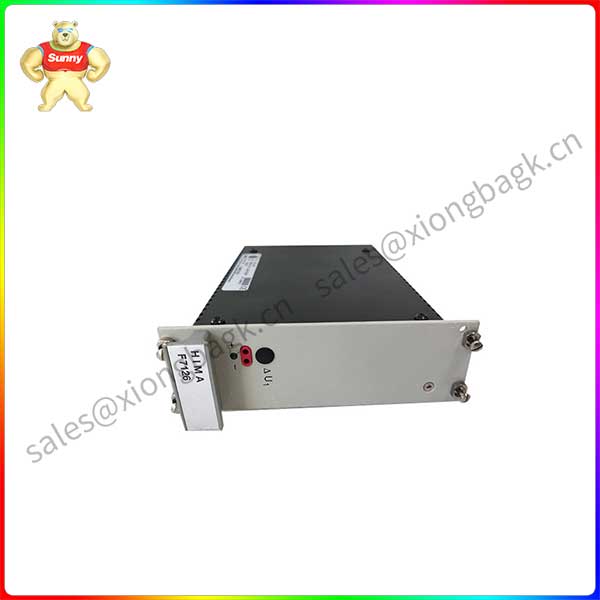At present, there are more than 40 kinds of fieldbuses in the world, but no fieldbus can cover all applications, according to the size of its transmission data can be divided into three categories: sensorbus (sensorbus), which belongs to bit transmission; Device bus (devicebus), which belongs to byte transmission; Fieldbus, which belongs to data stream transmission. Let me go to know the main bus.
First, FF field bus
F7126 The FF Fieldbus Foundation was jointly established in June 1994 by WORLDFIPNA(North America, excluding Europe) and ISPFoundation, which is an international organization with the goal of establishing a single, open, interoperable international standard for fieldbuses. This organization has given strong support to the IEC Fieldbus standard Drafting Working Group. The organization currently has more than 100 member units, including the world’s major process control products and systems manufacturing companies. In April 1997, this organization established the China Instrument Association Fieldbus Professional Committee (CFC) in China. Committed to the promotion and application of this technology in F7126 China. FF was established relatively late, and launched its own products and fully applied this technology to engineering later than PROFIBUS and WORLDFIP. But because FF was established in September 1992, based on the ISP (Interoperable system protocol) and WORLDFIPNA as the core of FisherRosemount, the organization has considerable strength: FF currently plays a pivotal role in the formulation of IEC fieldbus standards.
2. LonWorks
LonWorks Fieldbus is a local operating network launched by Eschron in 1992, initially used primarily for building automation, but soon expanded to industrial field networks. LonWorks technology provides a complete, open and finished solution for the design and implementation of interoperable control networks. At the heart of LonWorks’ technology is the NeuronChip. The chip is equipped with three microprocessors: MAC processor to complete media access control; Network processor completes OSI layer 3 ~ 6 F7126 network protocol; The application processor implements on-site user control applications. Data is passed between them through a common memory. Acquisition and control functions are needed in the control unit, for which the neuron chip is specially equipped with 11 I/O ports. These I/O ports can be flexibly configured to interface with peripheral devices according to different requirements, such as RS232, parallel ports, timing/counting, interval processing, bit I/O, etc.

F7126
LON bus integrates a variety of functions of today’s fieldbus, and has some characteristics of local area network, making it widely used in aviation/aerospace. Agricultural control, computers/peripherals, diagnostics/monitoring, electronic measuring equipment, test equipment, medical and health, military/defense, office equipment systems, robotics, security guards, secrecy, sports/entertainment, telephone communications, transportation equipment and other fields. Its versatility shows that it is not a bus for a particular domain, but a network technology that can integrate control systems in different domains into a more complex system based on LONWORKS.
3. Profibus
Profibus is a field bus for the German national standard F7126 DIN19245 and the European standard prEN50170. The ISO/OSI model is also its reference model. Profibus series consists of ProFIbus-DP, ProFIbus-FMS and ProFIbus-PA. The DP model is used for high-speed transmission between distributed peripherals and is suitable for applications in the field of process automation. FMS means field information specification, suitable for textile, building automation, programmable controllers, low voltage switches and other general automation, while PA type is used for process automation bus type, it complies with IEC1158-2 standard. The technology is a dozen German companies and research institutes, mainly Siemens, jointly launched. It uses the physical layer and data link layer of the OSI model, which form a subset of the first part of its standard, DP type hides layers 3 to 7, and adds direct data connection to the user interface, FMS type only hides layers 3 to 6, and uses the application layer as the second part of the standard. The standard of PA type is still in the process of formulation, and its transmission technology complies with IEC1158-2 (1) standard, which can realize bus power supply and intrinsically safe explosion-proof.
 中文版
中文版




